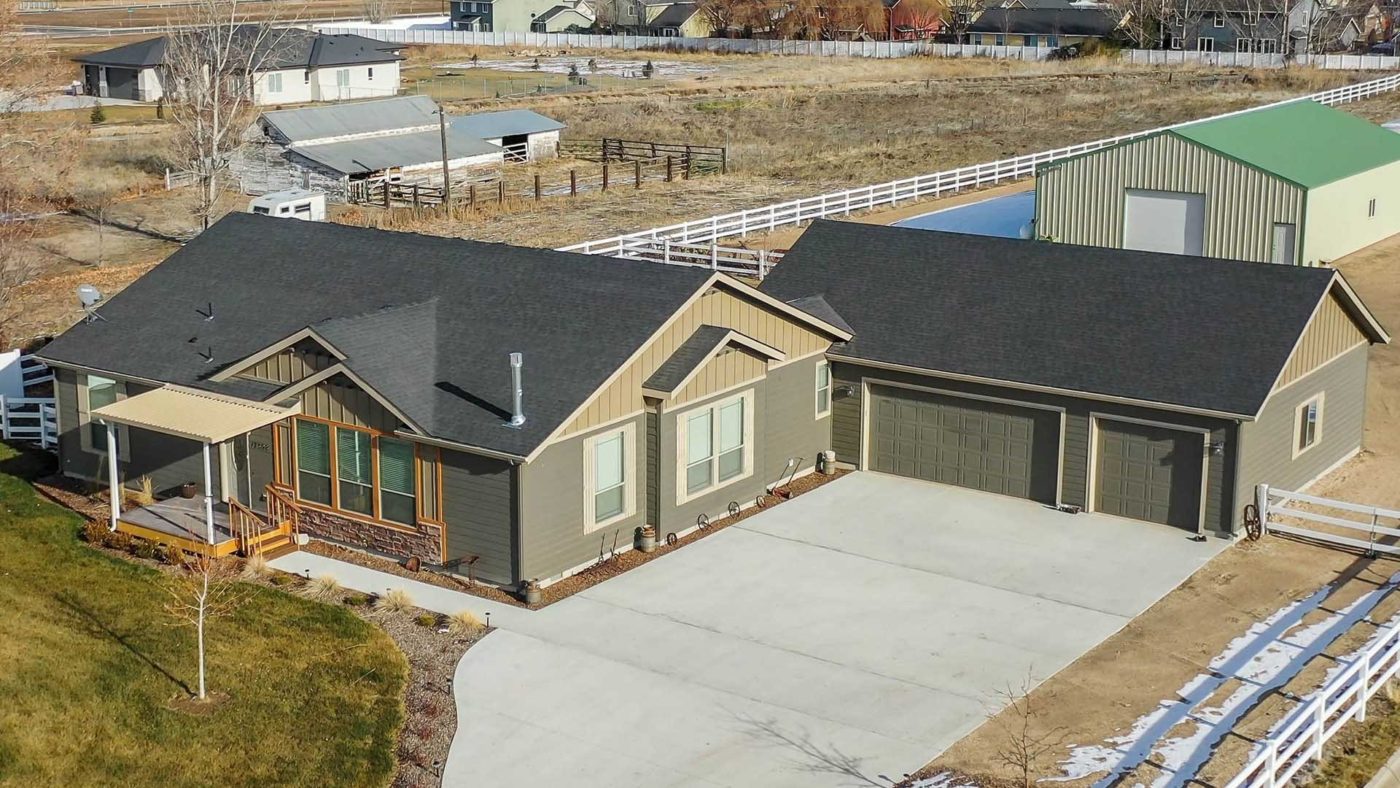Manufacturing a Solution to the Nation’s Lack of Affordable Housing
The nation’s affordable housing crisis doesn’t seem to be getting better. At the moment, there is a perfect storm driving housing prices higher which includes low supply and increased demand. At the same time, only moderate wage growth means affordability continues to decrease.
The lack of new construction has been called a crisis by Freddie Mac, state and federal policymakers, and consumer groups. Urban Institute (UI) analyst John Walsh recently wrote in UI’s Urban Wire blog that one problem with 21st Century homebuilding is that it still employs 20th Century processes.1 These methods, that entail building largely on-site, make construction less efficient, exacerbate labor and weather issues, and are costlier than building off-site.
Manufactured Housing may be the solution!
Manufactured housing provides a high value, affordable solution for many homebuying families. Often built of sustainable materials, today’s manufactured homes are modern, energy-efficient and often offer premium finishes typically only found on higher-end homes.
More Affordable
The Manufactured Housing Institute (MHI) estimates the price to build a manufactured home is about $50 per square foot versus $111 for stick building. 2
How is that possible? Compared to traditional forms of construction, Manufactured Housing reduces the costs of planning, engineering, and construction.
Generally, there is less waste in the factory process than with site-built homes. All aspects of construction are quality controlled and inspected per HUD’s rigorous standards. Also, in a climate-controlled environment, the weather doesn’t interfere with construction, causing delays or damaging building materials. In a factory, inventory is better controlled, materials are protected from theft and weather-related damage, and construction supplies, as well as interior features and appliances are purchased in volume; all creating additional savings.
More Sustainable
Because manufacturers are able to achieve factory-level economies of scale, manufactured housing may also be much kinder to the environment than its stick-built counterpart.
Many of the homes can be upgraded to ENERGY STAR® or similar energy-efficient home packages, as well. Increased energy-efficiency helps increase value – not only by saving up to 30% on monthly utility bills, but some utility companies and power cooperatives offer rebates for homebuyers, as well.
Faster
Homes are manufactured offsite and transported to the home site in one or more sections.
Regardless of the specific amenities, all manufactured homes are entirely constructed in a controlled factory environment. No weather delays, and you also get more than a century of experience in assembly line manufacturing producing quality, innovative products.
Quality Construction
With the advancements in robotics, fewer skilled workers are required in the building process. However, the final delivery supports the local economy by requiring skilled labor from local artisans, employing tradesman like plumbers, electricians, and landscapers. It’s the best of both worlds.
Manufactured homes must also follow stringent U.S. Department of Housing and Urban Development (HUD) codes which regulate the design and construction, strength and durability, transportability, fire resistance, energy efficiency and overall quality of every home. It also sets standards for the heating, plumbing, air-conditioning, thermal and electrical systems. In addition, manufactured homes are engineered for wind safety and energy efficiency based on the region in which they are sold. Federal regulations require a design professional and quality assurance professional during construction to verify that the home is built correctly.
Conclusion
Manufactured housing provides an opportunity for people to be homeowners, often at a fraction of the cost of traditional site-built homes. Maybe that’s why more than 22 million people in the U.S. already live in manufactured housing, and there are more than 8.5 million manufactured homes in the U.S., according to MHI. 2 That is nearly 10 percent of the nation’s housing stock!
Fortunately, there has been an increase in financing options, as well. There are unique loan programs especially suited for the purchase of a manufactured home. In fact, more than 50% of American Financial Resources’ loan pipeline is for manufactured homes in recent months.
As labor shortages and tariffs continue to drive up the cost of single-family home production and the lack of affordable housing makes headlines, more folks are turning to factory-built homes. Cheaper, faster to build and more environmentally progressive, more manufactured home means more families in affordable, custom-built homes.
Photo courtesy of: www.manufacturedhomes.com
1 https://www.urban.org/urban-wire/three-reasons-we-still-build-its-1900
2 https://www.manufacturedhousing.org/wp-content/uploads/2018/06/2018-MHI-Quick-Facts-updated-6-2018.pdf



